June 8, 2015
FIRA announces winners of competition to design the workplace of the future
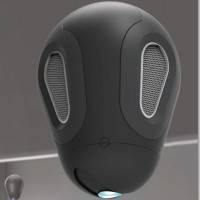 The judges of a design competition which challenged undergraduates to share their ideas for a workplace of the future have announced the three winners. The ‘FUTURE@WORK’ competition was run by the Furniture Industry Research Association (FIRA) and sponsored by contract furniture firm Morgan. Winners of first, second and third prize were chosen from four shortlisted entries. The designs were subject to a public vote which took place at Morgan’s showroom throughout Clerkenwell Design Week and on FIRA’s website. The winner of the first prize and the public vote is Familiar Systems, a piece of technology which aims to replace the computer screen. The device was designed by Jack Darby and Andy Lyell, is based on drone technology and incorporates a projector and a pivoted support known as a gimble which allows the user to work in a variety of locations and configurations.
The judges of a design competition which challenged undergraduates to share their ideas for a workplace of the future have announced the three winners. The ‘FUTURE@WORK’ competition was run by the Furniture Industry Research Association (FIRA) and sponsored by contract furniture firm Morgan. Winners of first, second and third prize were chosen from four shortlisted entries. The designs were subject to a public vote which took place at Morgan’s showroom throughout Clerkenwell Design Week and on FIRA’s website. The winner of the first prize and the public vote is Familiar Systems, a piece of technology which aims to replace the computer screen. The device was designed by Jack Darby and Andy Lyell, is based on drone technology and incorporates a projector and a pivoted support known as a gimble which allows the user to work in a variety of locations and configurations.




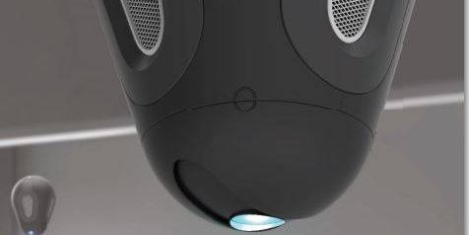


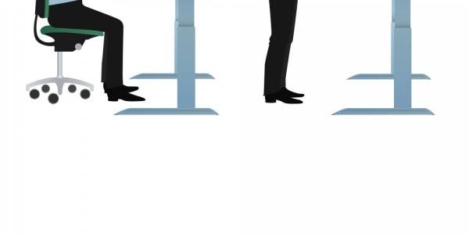
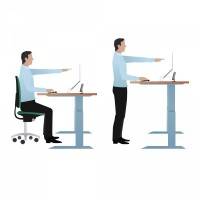 A new study published yesterday in the British Journal of Sports Medicine claims that office workers spend far too much time sitting, are suffering from a range of conditions and illnesses as a result and so should be encouraged to spend up to half of each working while standing. The report,
A new study published yesterday in the British Journal of Sports Medicine claims that office workers spend far too much time sitting, are suffering from a range of conditions and illnesses as a result and so should be encouraged to spend up to half of each working while standing. The report, 
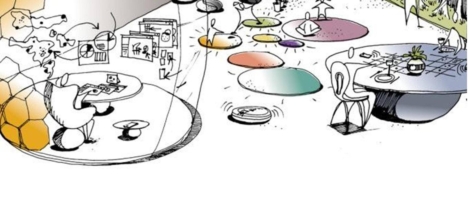
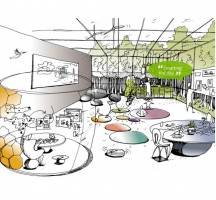
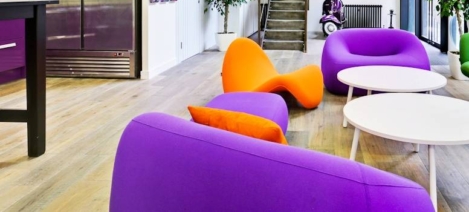
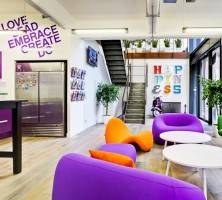
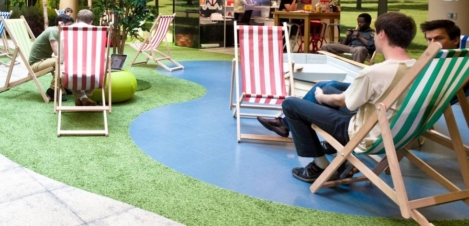
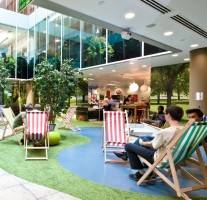
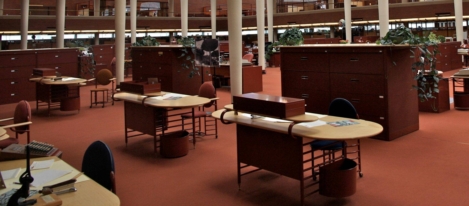
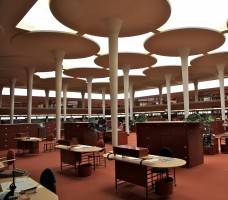
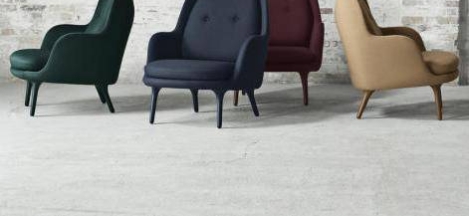
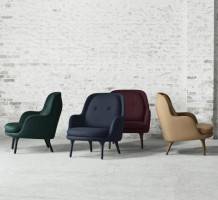








June 3, 2015
Help us to investigate the psychological components of workplace noise
by Nigel Oseland • Comment, Wellbeing, Workplace, Workplace design
(more…)